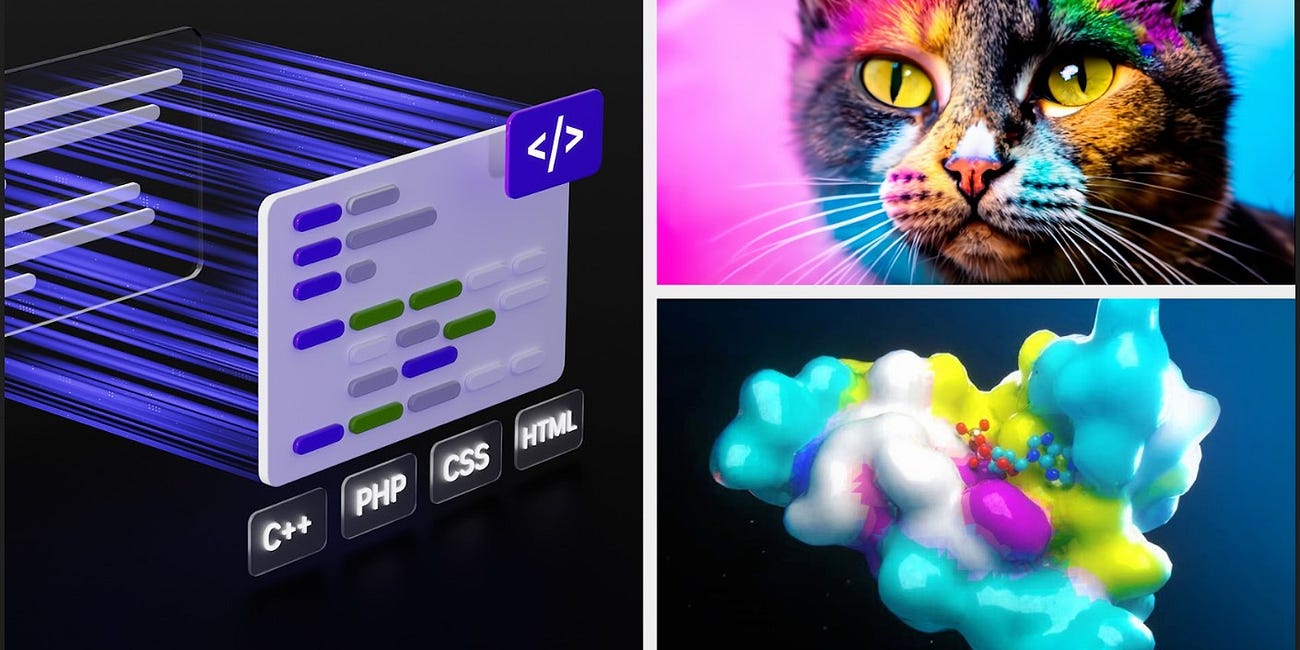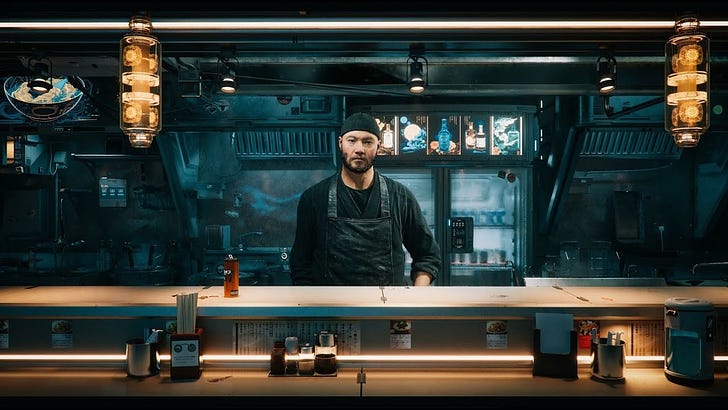NVIDIA and WPP Team Up on New Generative AI Content Engine for Ad Creation
Omniverse will use the Picasso text-to-image model along with Adobe, Getty, and other sources
NVIDIA and advertising agency giant WPP are partnering to develop a generative AI-enabled content engine to help creative teams produce commercial content more efficiently and at scale. The engine is built on NVIDIA Omniverse and will integrate several 3D design tools and content sources such as Adobe and Getty Images.
During his COMPUTEX keynote address, NVIDIA's founder and CEO, Jensen Huang, presented a demo of a new engine currently in development. The goal is to make the content more tailored and immersive for the consumer and drive efficiency gains in the creative process. Huang commented:
“The world’s industries, including the $700 billion digital advertising industry, are racing to realize the benefits of AI. With Omniverse Cloud and generative AI tools, WPP is giving brands the ability to build and deploy product experiences and compelling content at a level of realism and scale never possible before.”
More Variety On Brand
The new content engine will be used to create digital twins of products and then place them in compelling settings for still images and full-motion animation. This includes the creation of large volumes of brand advertising content and more immersive experiences like 3D product configurations.
The engine is trained on fully licensed data using NVIDIA Picasso ensuring that generative AI content remains accurate and on brand.
An announcement by WPP said the solution will soon be available exclusively to WPP's clients worldwide.
Hyper-Creation
The commercialization timing for generative AI seemingly could not be better. Many industries are actively seeking productivity gains as the economy has softened. In addition, generative AI promises new efficiency for tasks that previously resisted automation. Writers and artists have long employed digital tools, but the tools could not create on their own. Now they can.
However, generative AI is about more than automation. The ability to create new artistic concepts and iterate on ideas faster is ushering in a new era of hyper-creation. More ideas can be explored, and new ideas are emerging every time a prompt is entered for Picasso, Firefly, Midjourey, or Stable Diffusion. We may be awash in human-created content today, but the floodgates are about to open.
WPP understands this, and it building the tool that may one day make it less relevant. In the meantime, the agency can benefit from higher productivity and become embedded in its clients’ future operations, where more creative work may be delivered in-house with the help of AI.
Nvidia is Becoming the Giant of Generative AI
Nvidia is making dozens of announcements today, and many are directly related to hardware, software, and services for generative AI. A January post by Andreessen Horowitz stated: Behind the scenes, running the vast majority of AI workloads, is perhaps the biggest winner in generative AI so far: Nvidia … They’ve built strong moats arou…




